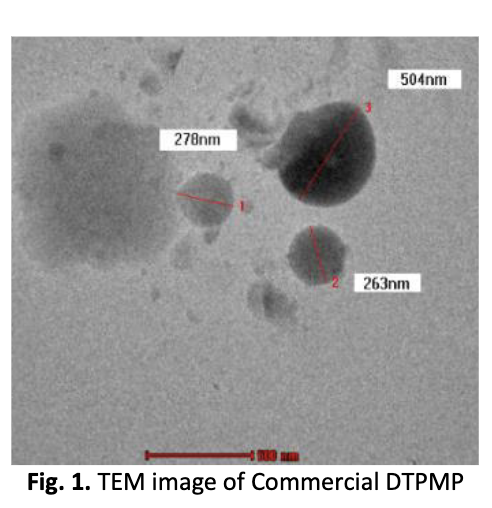Adsorption Morphology of Nano Scale Inhibitors for Oilfield Mineral Scale Mitigation
Keywords:
Mineral scale, nano scale inhibitor, adsorption, DTPMPAbstract
Formation of mineral scales is a major issue in oil and gas industry which requires the use of scale inhibitors via squeeze treatment to mitigate the problem. Unfortunately, the retention ability of the existing scale inhibitor is low due to low adsorption of scale inhibitors onto the mineral surface, resulting in less efficient performance of scale inhibition. Recent advancement shows that nano scale inhibitors are believed to be able to migrate deep into reservoirs and adsorb onto the mineral surface during the shut-in period. Since the adsorption ability of scale inhibitors onto the mineral surface is an important characteristic, in this work adsorption morphology of several nano scale inhibitors onto mineral surface was investigated. For this purpose, this paper first describes the synthesis of these nano scale inhibitors which are nano Ca-DTPMP, nano Si-Zn-DTPMP, and nano Si-Ca-DTPMP. Results from Transmission Electron Microscopy analysis indicate the particle size of these nano scale inhbibitors in comparison to the commercial DTPMP and Ca-DTPMP. To investigate the adsorption morphology of these nano scale inhibitors onto mineral surface, static adsorption tests were done using Kaolinite as the selected mineral. Results from Field Emission Electron Microscopy analysis show the morphological changes of the Kaolinite surface after application of the scale inhibitors. Nano Si-Zn-DTPMP scale inhibitor exhibits smallest particle size of 31 nm to 37 nm based on the TEM image. As supported by the FESEM image on the adsorption morphology, this small particle size contributes to better adsorption of this scale inhibitor than its counterparts.
Downloads





























